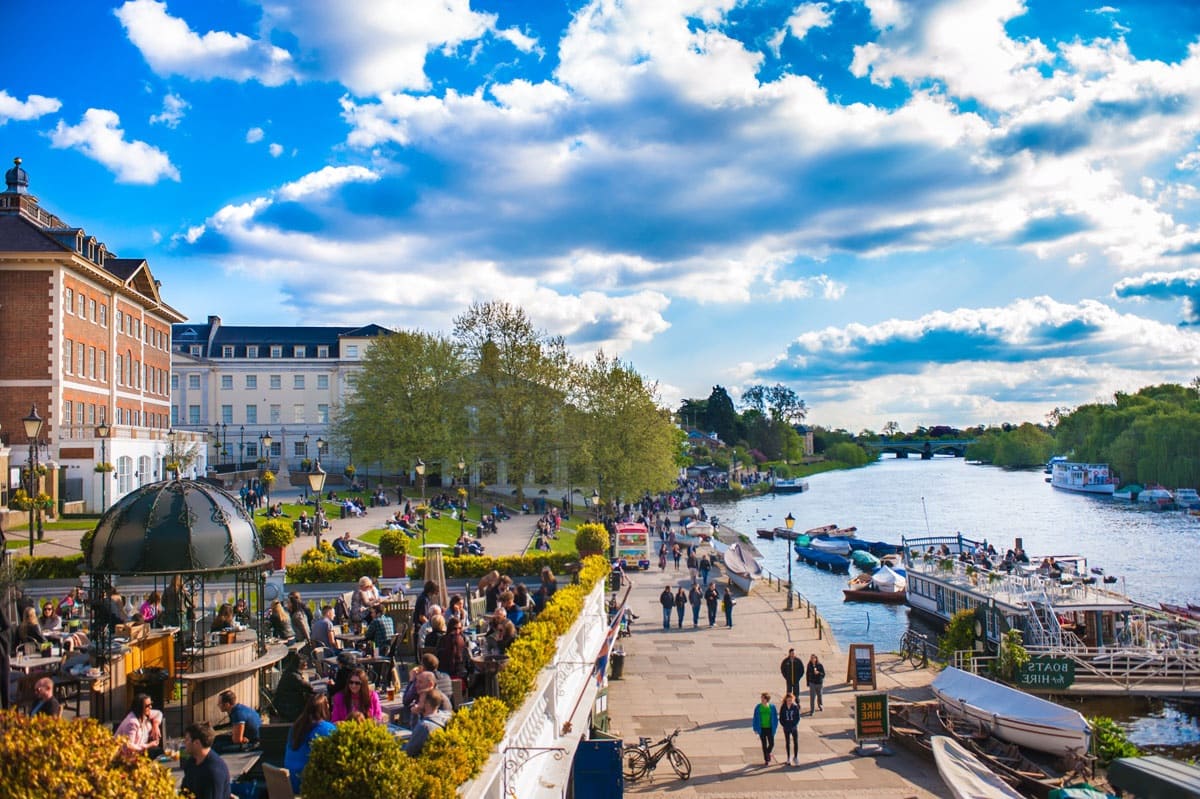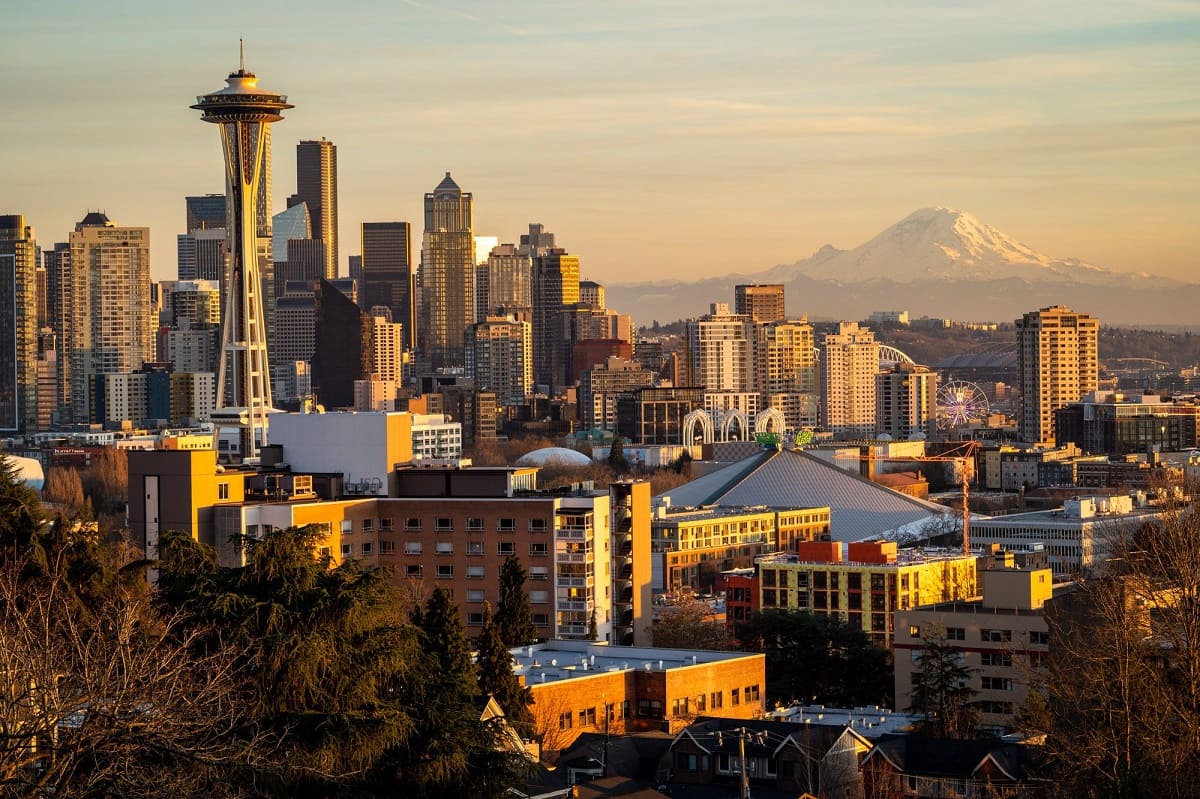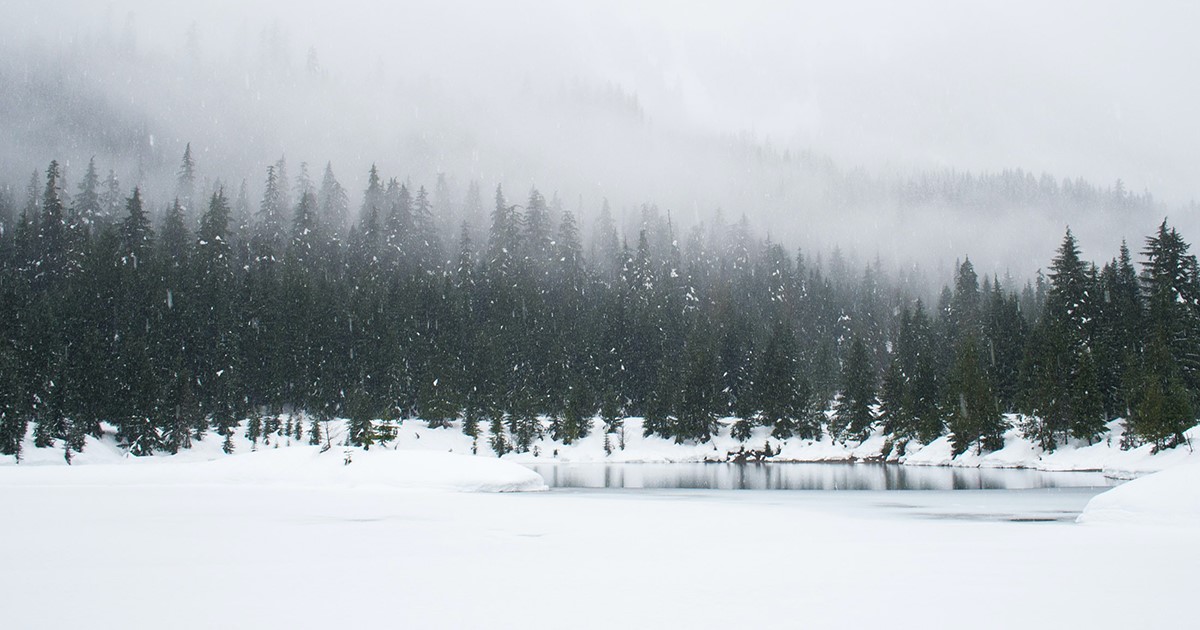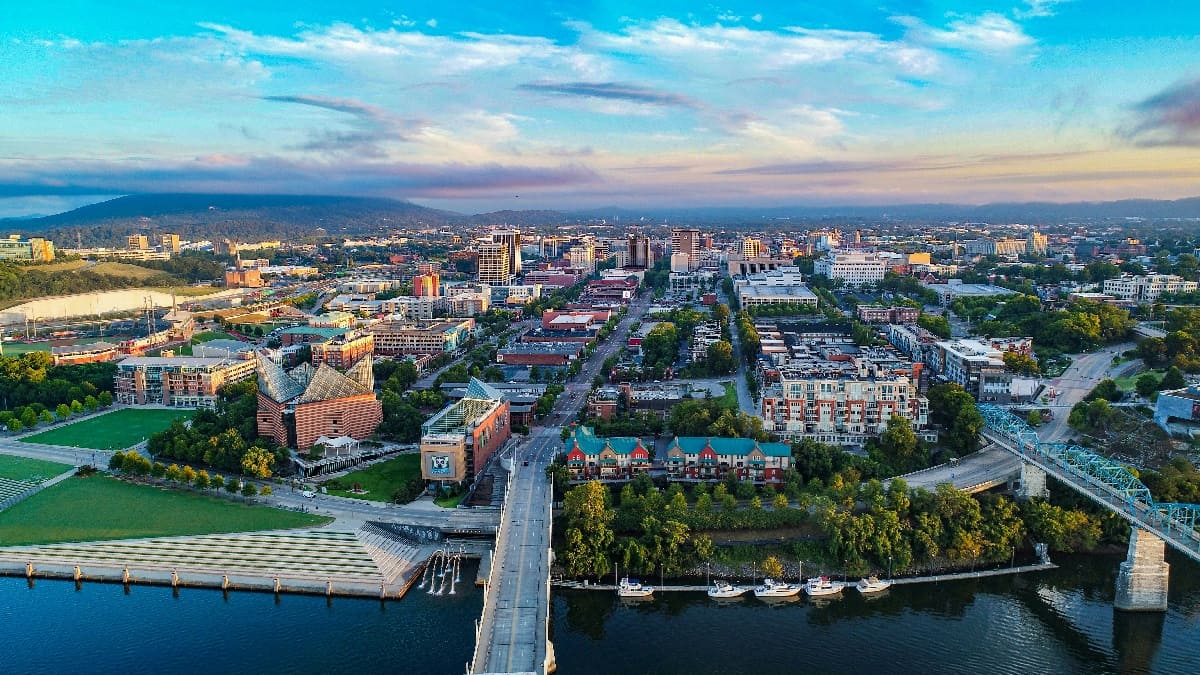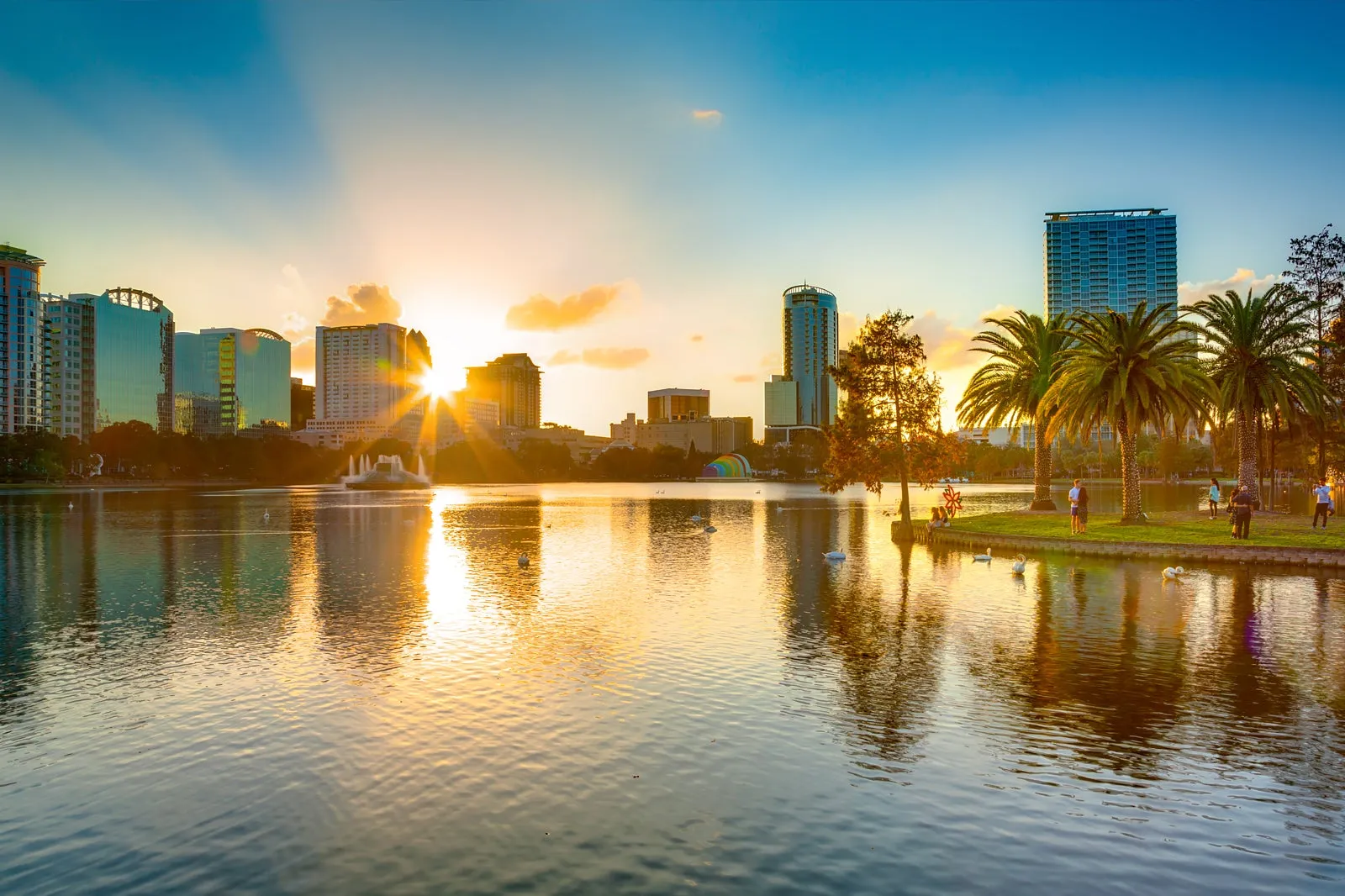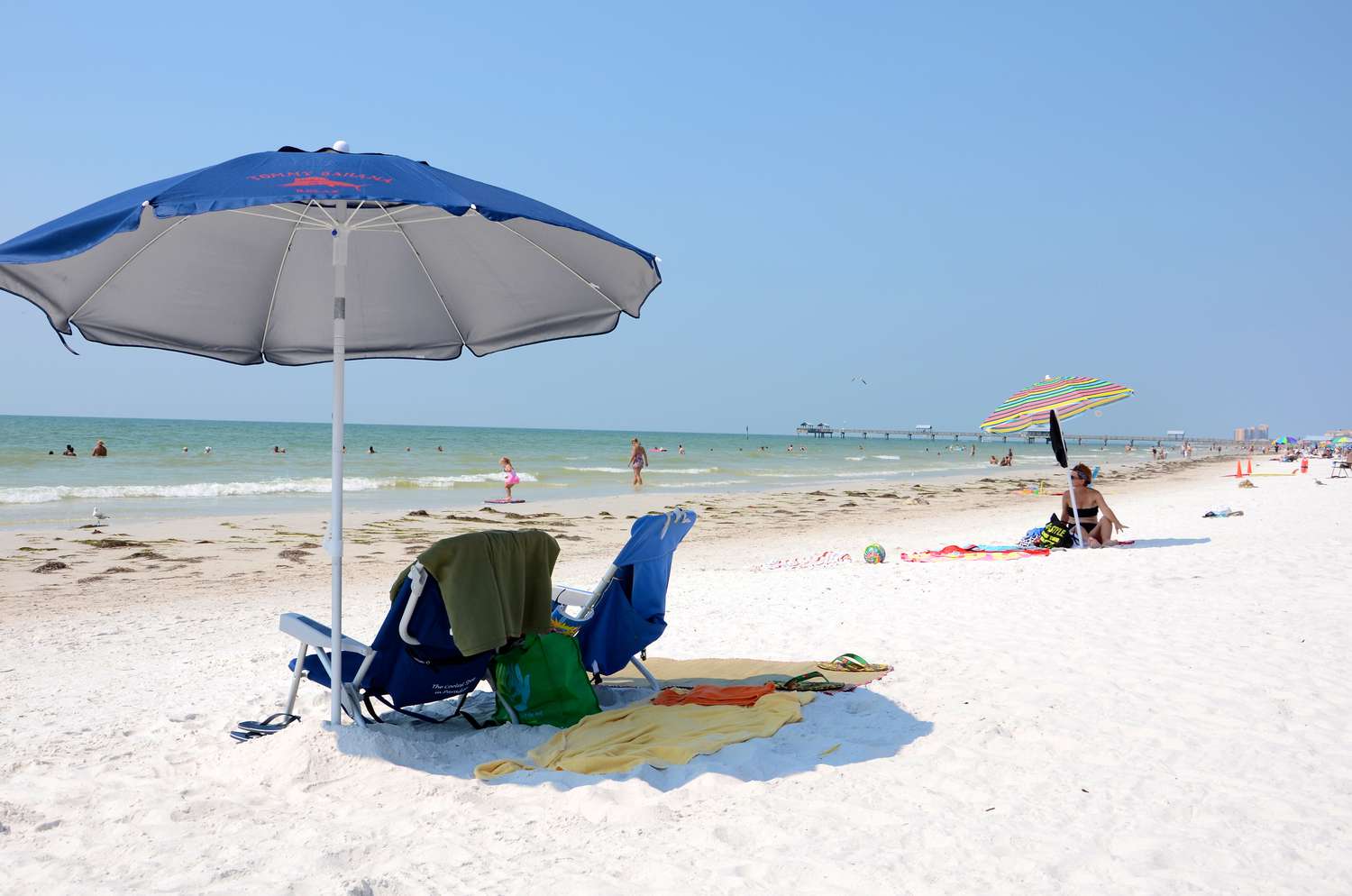Home>Weather and Climate>Average Snowfall In Erie, PA
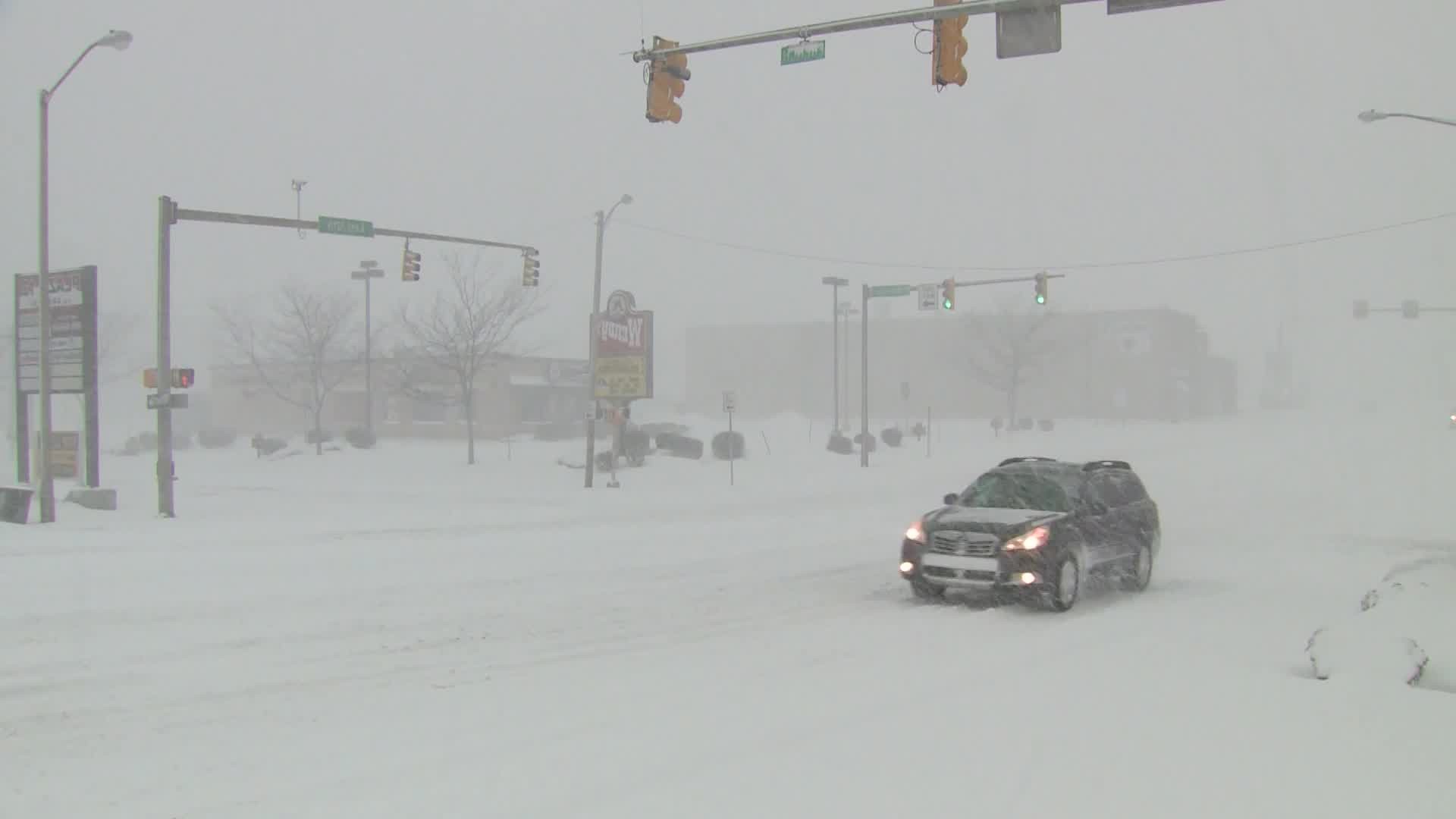

Weather and Climate
Average Snowfall In Erie, PA
Published: March 5, 2024
Discover the average snowfall in Erie, PA and explore the weather and climate patterns of this region. Plan your visit with insights into the local climate conditions.
(Many of the links in this article redirect to a specific reviewed product. Your purchase of these products through affiliate links helps to generate commission for Temperatures.com, at no extra cost. Learn more)
Table of Contents
Introduction
Erie, Pennsylvania, is renowned for its picturesque landscapes and vibrant community. Nestled along the shores of Lake Erie, this charming city experiences a diverse range of weather patterns throughout the year. One of the most captivating aspects of Erie's climate is its snowfall, which significantly shapes the city's identity and daily life.
The average snowfall in Erie is a defining characteristic of the region's winters. From the serene beauty of snow-covered landscapes to the logistical challenges it presents, snowfall plays a pivotal role in shaping the experiences of Erie's residents and visitors alike. Understanding the factors influencing snowfall, historical data, and the impact of snowfall on the local economy provides valuable insights into the dynamics of this unique phenomenon.
As we delve into the intricacies of Erie's snowfall, we will explore the factors that contribute to the city's snowfall patterns, examine historical data to gain a comprehensive understanding of past trends, and assess the profound impact of snowfall on Erie's economy. Furthermore, we will delve into the fascinating world of snowfall forecasting, shedding light on the methods used to anticipate and prepare for winter weather events in Erie.
Join us on this captivating journey as we unravel the mysteries of Erie's snowfall, gaining a deeper appreciation for the interplay between nature's marvels and the human experience in this enchanting city.
Factors Affecting Snowfall in Erie
The snowfall in Erie, Pennsylvania, is influenced by a myriad of factors that collectively shape the city's winter climate. Understanding these factors is crucial for comprehending the patterns and variations in snowfall experienced in this region.
-
Lake Effect Snow: One of the most significant contributors to Erie's snowfall is the phenomenon known as lake-effect snow. Situated along the shores of Lake Erie, the city is particularly susceptible to this weather pattern. When cold air masses move over the relatively warmer waters of the lake, they pick up moisture, leading to the formation of intense snow squalls. These squalls can result in localized, heavy snowfall, significantly impacting the city and its surroundings.
-
Topography: Erie's topographical features play a pivotal role in influencing snowfall patterns. The city's proximity to Lake Erie, combined with its elevation and terrain, creates microclimates that can experience varying degrees of snowfall. Areas situated in the direct path of prevailing winds from the lake are more likely to receive substantial snowfall, while those shielded by geographical features may experience less accumulation.
-
Weather Systems and Fronts: The interaction of weather systems and frontal boundaries greatly influences the snowfall in Erie. As cold air masses collide with warm, moist air, it can lead to the formation of snow-producing systems. The movement and intensity of these weather fronts contribute to the variability of snowfall amounts experienced in the region.
-
Climate Change: The impact of climate change on snowfall patterns cannot be overlooked. Shifts in global climate dynamics can lead to alterations in precipitation patterns, including snowfall. Understanding the broader climatic trends and their potential influence on Erie's snowfall is essential for anticipating future changes in the city's winter weather.
-
Urban Heat Island Effect: Urban areas, including Erie, can experience the urban heat island effect, where human activities and infrastructure lead to localized warming. This phenomenon can influence snowfall patterns, particularly in urbanized areas, by affecting temperature differentials and precipitation dynamics.
By considering these factors, we gain valuable insights into the intricate interplay of natural and environmental elements that contribute to the snowfall experienced in Erie. This understanding forms the foundation for predicting and adapting to the city's winter weather, ensuring the resilience of its residents and infrastructure in the face of snowfall-related challenges.
Historical Snowfall Data
Historical snowfall data provides a compelling window into the past, offering valuable insights into the patterns and trends of snowfall in Erie, Pennsylvania. By examining long-term records of snowfall accumulation, meteorologists and climate researchers can discern recurring cycles, notable deviations, and the overall evolution of winter precipitation in the region.
Erie's historical snowfall data reveals a rich tapestry of winter weather experiences. The city's proximity to Lake Erie and its susceptibility to lake-effect snow significantly influence the snowfall patterns recorded over the years. The phenomenon of lake-effect snow has left an indelible mark on Erie's historical snowfall data, with localized variations and intense snow squalls punctuating the winter months.
The meticulous documentation of snowfall data over decades unveils intriguing trends and noteworthy milestones. From record-breaking snowfall events that blanketed the city in pristine white to milder winters with below-average accumulations, Erie's historical snowfall data encapsulates the ebb and flow of winter's icy embrace.
Meteorological archives meticulously chronicle the snowfall accumulations, capturing the nuances of each winter season. The data reflects the resilience and adaptability of Erie's residents in the face of varying snowfall intensities, showcasing the city's ability to navigate the challenges posed by winter weather.
Moreover, historical snowfall data serves as a vital resource for urban planning, infrastructure development, and emergency preparedness. By analyzing past snowfall patterns, city officials and planners can make informed decisions regarding snow removal strategies, road maintenance, and resource allocation during winter months.
As we delve into Erie's historical snowfall data, we uncover a compelling narrative of resilience, adaptation, and the enduring beauty of winter in this vibrant city. The data not only informs our understanding of past snowfall trends but also provides valuable guidance for navigating future winter weather challenges, ensuring that Erie remains steadfast in the face of nature's wintry offerings.
Impact of Snowfall on Erie's Economy
The impact of snowfall on Erie's economy is profound, exerting influence across various sectors and facets of the city's financial landscape. As a defining feature of the region's winters, snowfall shapes consumer behavior, infrastructure maintenance, tourism, and overall economic activity.
Consumer Behavior and Expenditure
Snowfall triggers a cascade of consumer responses, influencing purchasing patterns and expenditure. The demand for winter-related goods and services, such as snow removal equipment, winter apparel, and heating supplies, surges in response to snowfall. This uptick in consumer spending contributes to the vitality of local businesses, bolstering the economic ecosystem of Erie.
Read more: Snowfall In Prescott, Arizona
Infrastructure Maintenance and Expenditure
The management of snowfall-induced challenges necessitates substantial investment in infrastructure maintenance. Erie's public works departments and private entities allocate resources for snow removal, road de-icing, and infrastructure upkeep during winter months. The financial outlay for snow-related maintenance and operations significantly impacts the city's budget and resource allocation.
Tourism and Hospitality
Erie's snowfall plays a pivotal role in shaping the city's tourism and hospitality industries. The allure of snow-covered landscapes and winter activities attracts visitors seeking seasonal experiences. From snow sports enthusiasts to holiday travelers, the winter ambiance created by snowfall contributes to the influx of tourists, stimulating economic activity in accommodations, dining, and entertainment sectors.
Workforce Productivity and Absenteeism
Snowfall can influence workforce productivity and absenteeism, thereby impacting the city's economic output. Severe snowstorms and hazardous travel conditions may lead to work disruptions and absenteeism, affecting businesses and productivity levels. Employers and employees navigate the challenges posed by snowfall, balancing operational continuity with safety considerations.
Real Estate and Property Management
Snowfall influences real estate dynamics and property management practices in Erie. The maintenance of residential and commercial properties amidst snowfall necessitates investment in snow removal services, property upkeep, and winterization measures. The impact of snowfall on property management extends to property values, tenant satisfaction, and operational costs.
The multifaceted impact of snowfall on Erie's economy underscores the interconnectedness of weather phenomena and financial dynamics. By recognizing the far-reaching implications of snowfall, stakeholders in Erie's economy can proactively adapt to the seasonal nuances, fostering resilience and sustainable economic growth in the face of winter's embrace.
Snowfall Forecasting in Erie
Snowfall forecasting in Erie, Pennsylvania, is a critical endeavor that empowers residents, businesses, and local authorities to prepare for and mitigate the impacts of winter weather events. Meteorologists and weather experts utilize a combination of scientific methods, technological advancements, and historical data analysis to provide accurate and timely snowfall forecasts for the region.
Meteorological Tools and Techniques
The forecasting process begins with the comprehensive analysis of meteorological data, including atmospheric pressure patterns, temperature gradients, and moisture content. Advanced weather models, such as numerical weather prediction models, enable meteorologists to simulate and predict the behavior of snow-producing systems, offering valuable insights into the potential snowfall accumulations and distribution across Erie.
Cutting-edge radar and satellite technologies play a pivotal role in monitoring weather systems and identifying snowfall indicators. The real-time observation of precipitation patterns, cloud formations, and atmospheric dynamics enhances the precision of snowfall forecasts, enabling meteorologists to issue timely warnings and advisories to the public.
Localized Factors and Microclimates
Erie's unique geographical features, including its proximity to Lake Erie and varied topography, necessitate a nuanced approach to snowfall forecasting. The localized nature of lake-effect snow demands a thorough understanding of wind patterns, temperature differentials, and moisture convergence zones. Meteorologists tailor their forecasting methodologies to account for these microclimatic influences, providing targeted and region-specific snowfall predictions for Erie and its surrounding areas.
Community Engagement and Preparedness
Snowfall forecasting extends beyond the realm of meteorology, encompassing community engagement and preparedness initiatives. Public awareness campaigns, emergency planning, and dissemination of accurate forecast information are integral components of snowfall preparedness. By fostering a collaborative approach between meteorological agencies, local authorities, and the public, Erie's residents are empowered to make informed decisions and take proactive measures in response to forecasted snowfall events.
Read more: Average August Temperatures In Rio
Continuous Improvement and Adaptation
The field of snowfall forecasting is characterized by continuous improvement and adaptation to evolving technologies and scientific insights. Meteorological research and innovation drive the refinement of forecasting models, enhancing the accuracy and lead time of snowfall predictions. The integration of machine learning algorithms, data assimilation techniques, and high-resolution modeling further elevates the precision of snowfall forecasts, enabling Erie's stakeholders to proactively address the challenges posed by winter weather.
In essence, snowfall forecasting in Erie represents a dynamic and collaborative effort to anticipate and respond to winter weather phenomena. By leveraging scientific expertise, technological advancements, and community engagement, the city is better equipped to navigate the complexities of snowfall, ensuring the safety, resilience, and preparedness of its residents and infrastructure.
Conclusion
In conclusion, the average snowfall in Erie, PA, is not merely a meteorological statistic but a defining aspect of the city's identity and resilience. The interplay of factors influencing snowfall, including the impact of lake-effect snow, topographical nuances, weather systems, and the broader implications of climate change, underscores the intricate dynamics of Erie's winter climate. Historical snowfall data unveils a compelling narrative of adaptation, community strength, and the enduring allure of winter in this vibrant city.
The profound impact of snowfall on Erie's economy resonates across diverse sectors, shaping consumer behavior, infrastructure maintenance, tourism, workforce productivity, and real estate dynamics. Snowfall forecasting emerges as a critical endeavor, integrating advanced meteorological tools, localized insights, community engagement, and continuous improvement to empower Erie's residents and authorities in navigating the complexities of winter weather.
As Erie embraces the enchanting beauty and occasional challenges brought forth by snowfall, the city's resilience shines through, epitomizing the spirit of unity and preparedness in the face of nature's wintry offerings. The average snowfall in Erie, PA, transcends numerical values, embodying a testament to the city's adaptability, economic vitality, and unwavering spirit amidst the seasonal embrace of snow.
In essence, the captivating journey through Erie's snowfall intricacies illuminates the city's enduring strength, the interconnectedness of weather and economy, and the collaborative efforts to forecast and navigate winter weather phenomena. As Erie continues to evolve and thrive, the average snowfall remains an integral part of the city's narrative, weaving a tale of resilience, adaptation, and the timeless allure of winter in this picturesque region.


